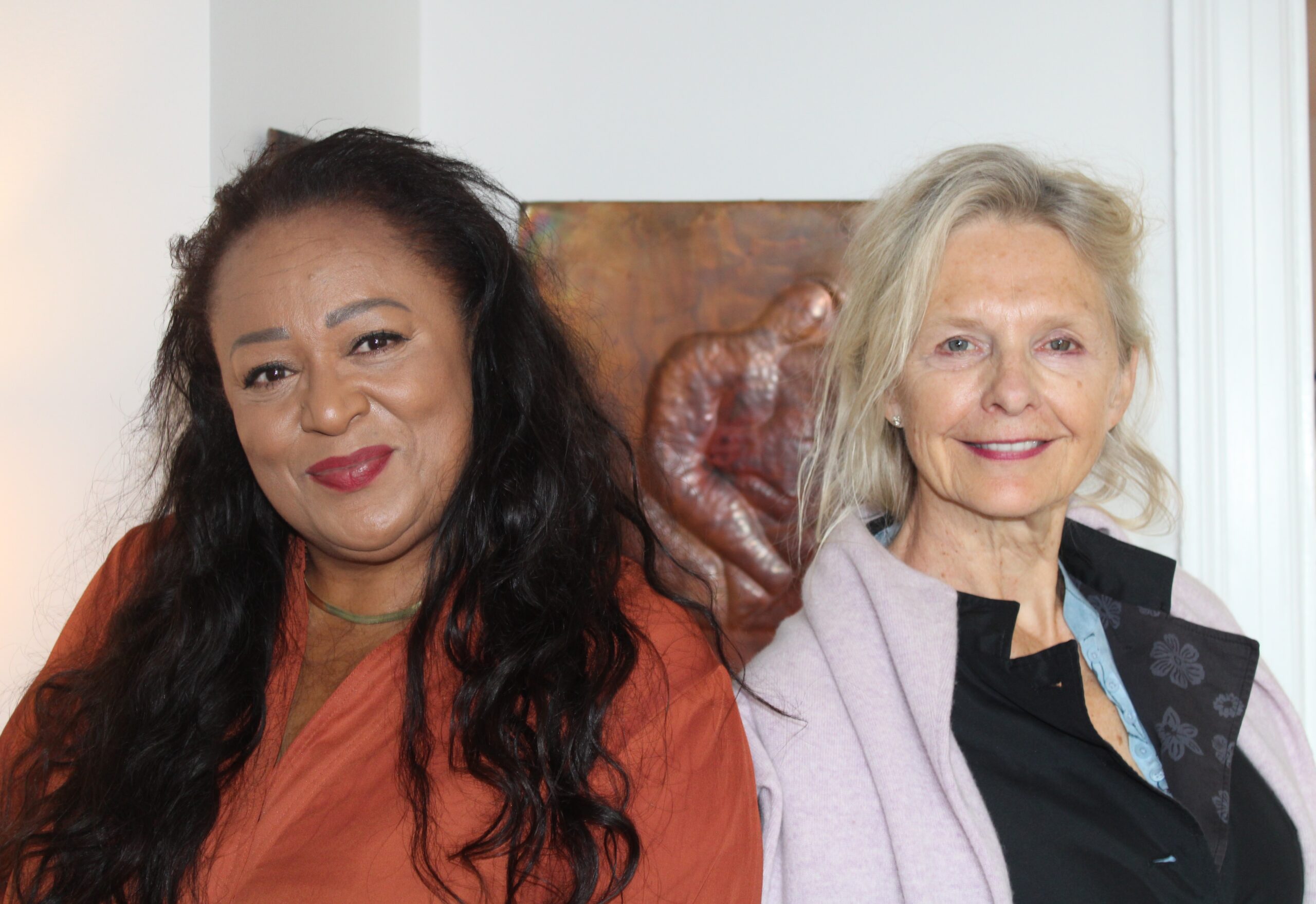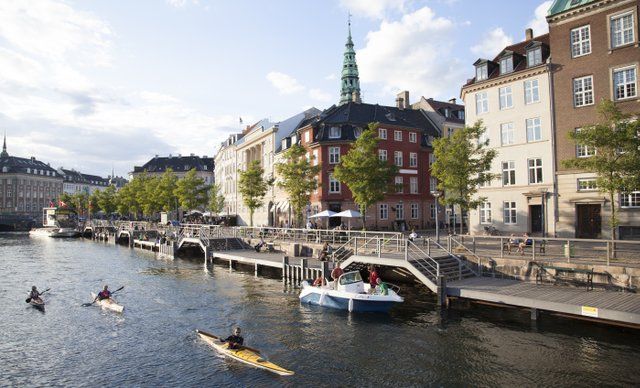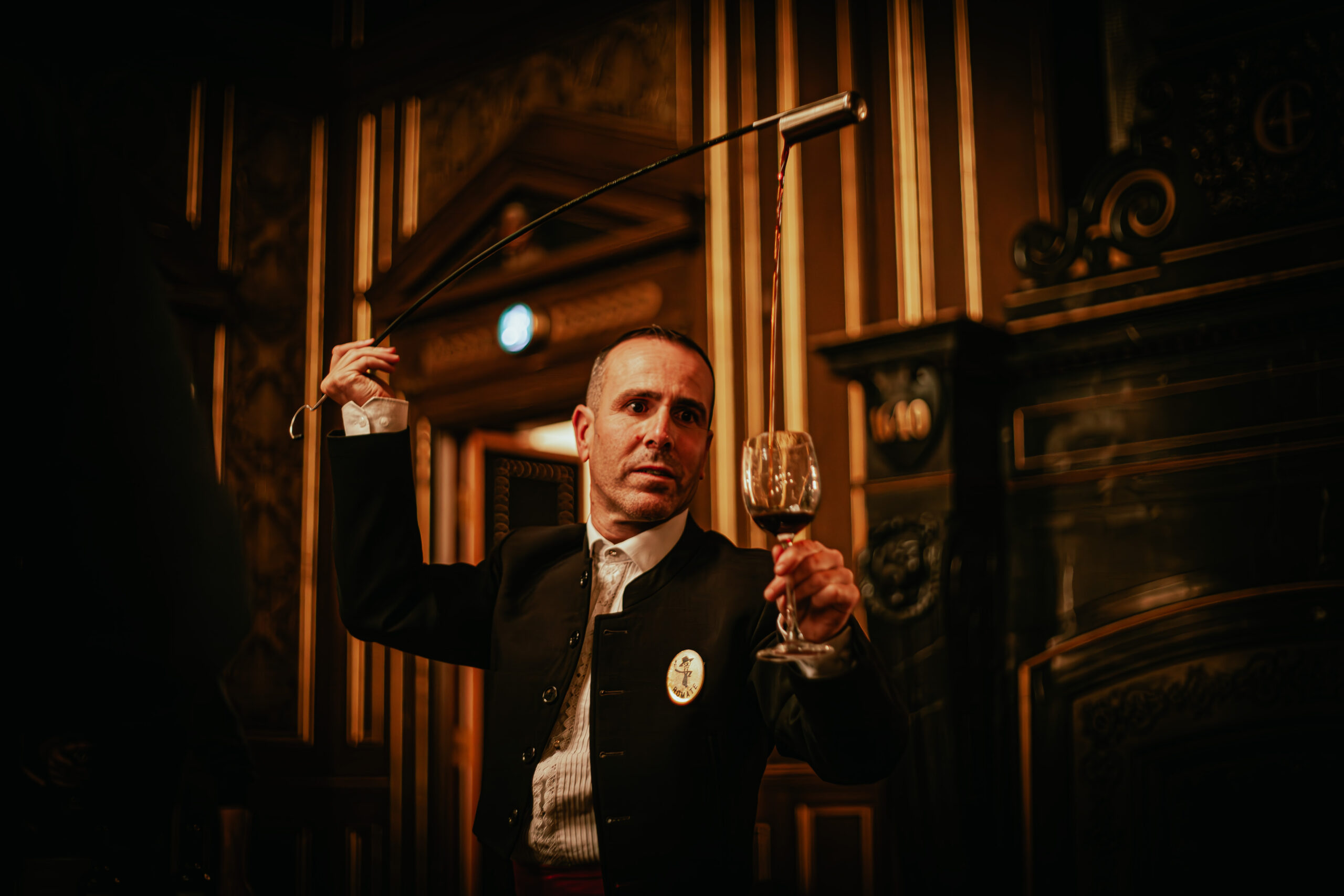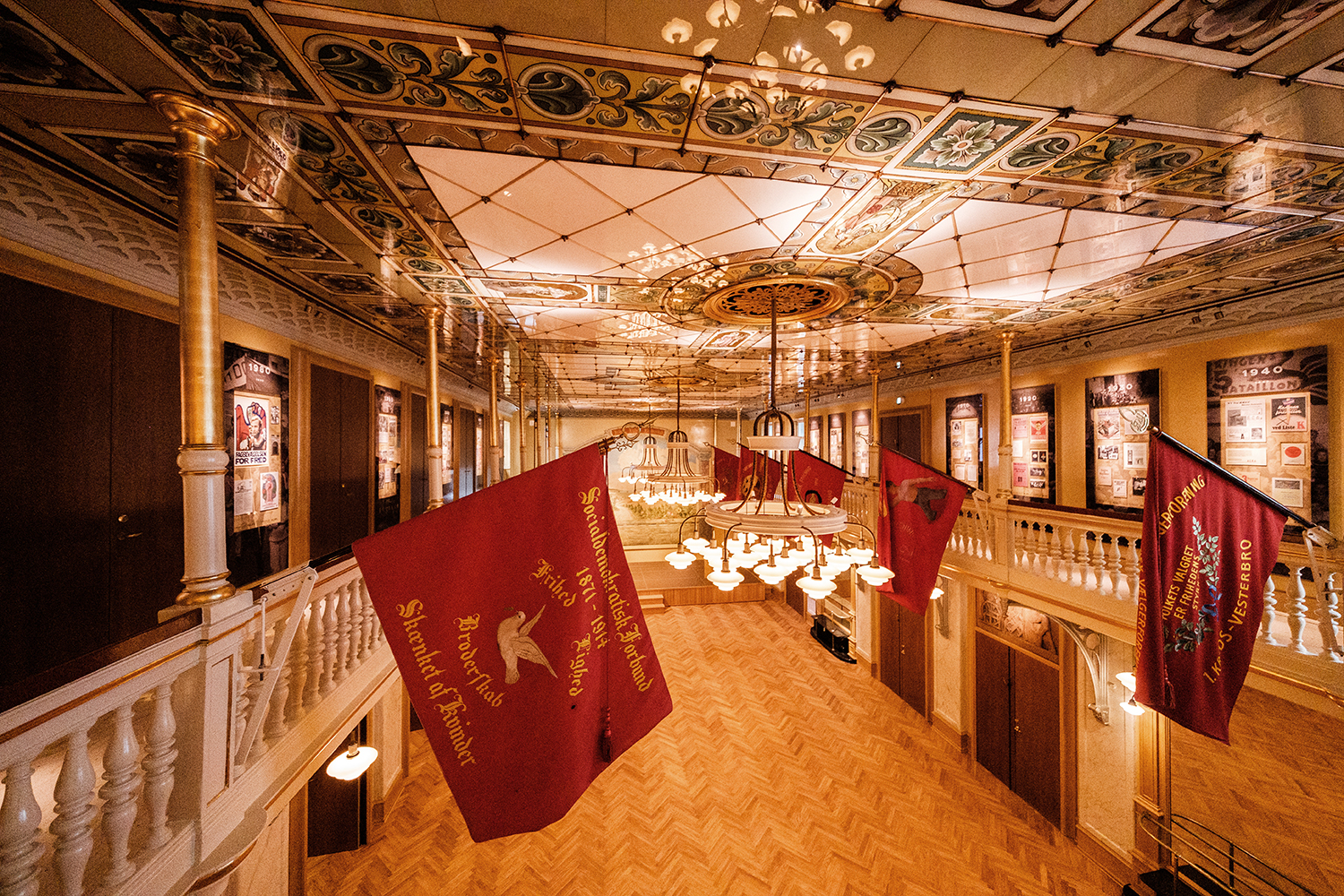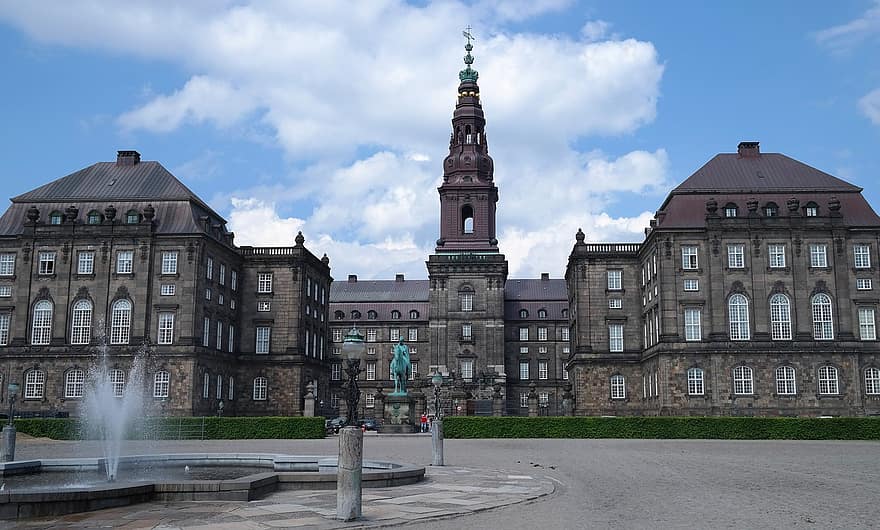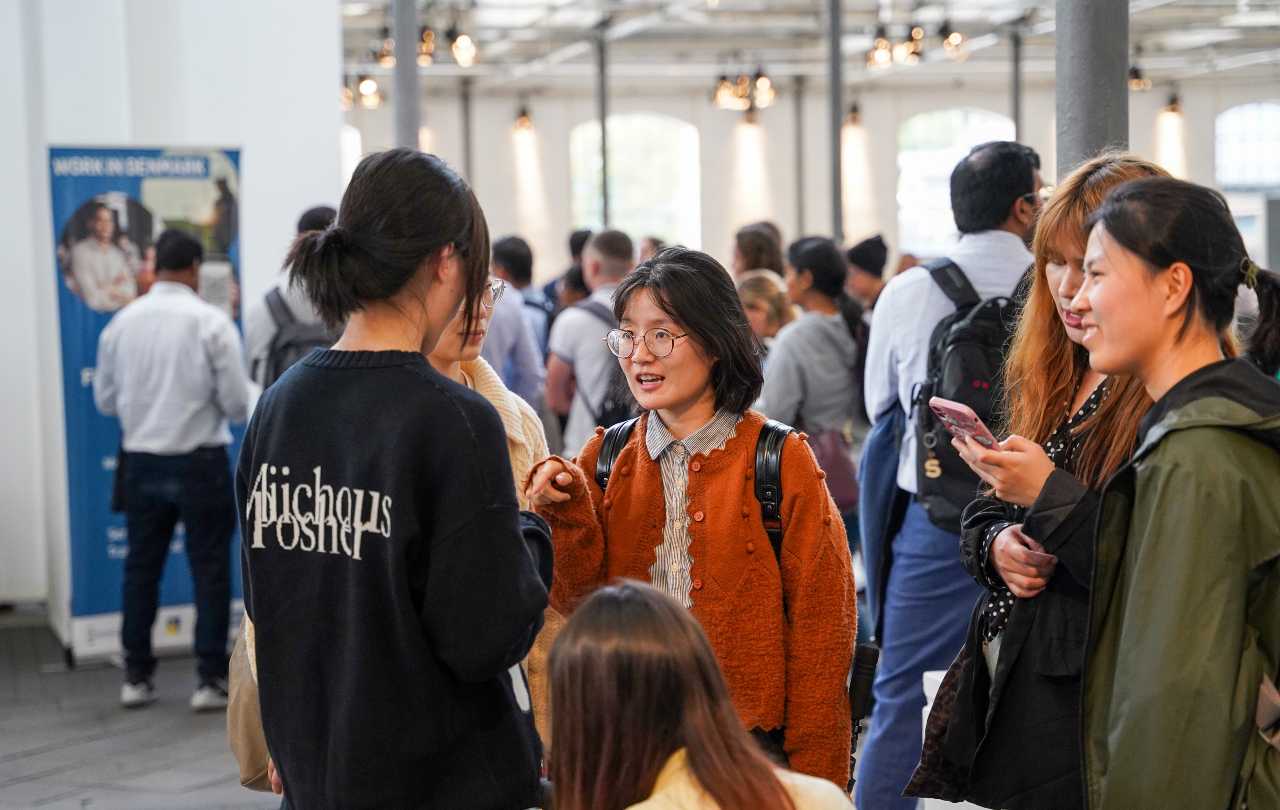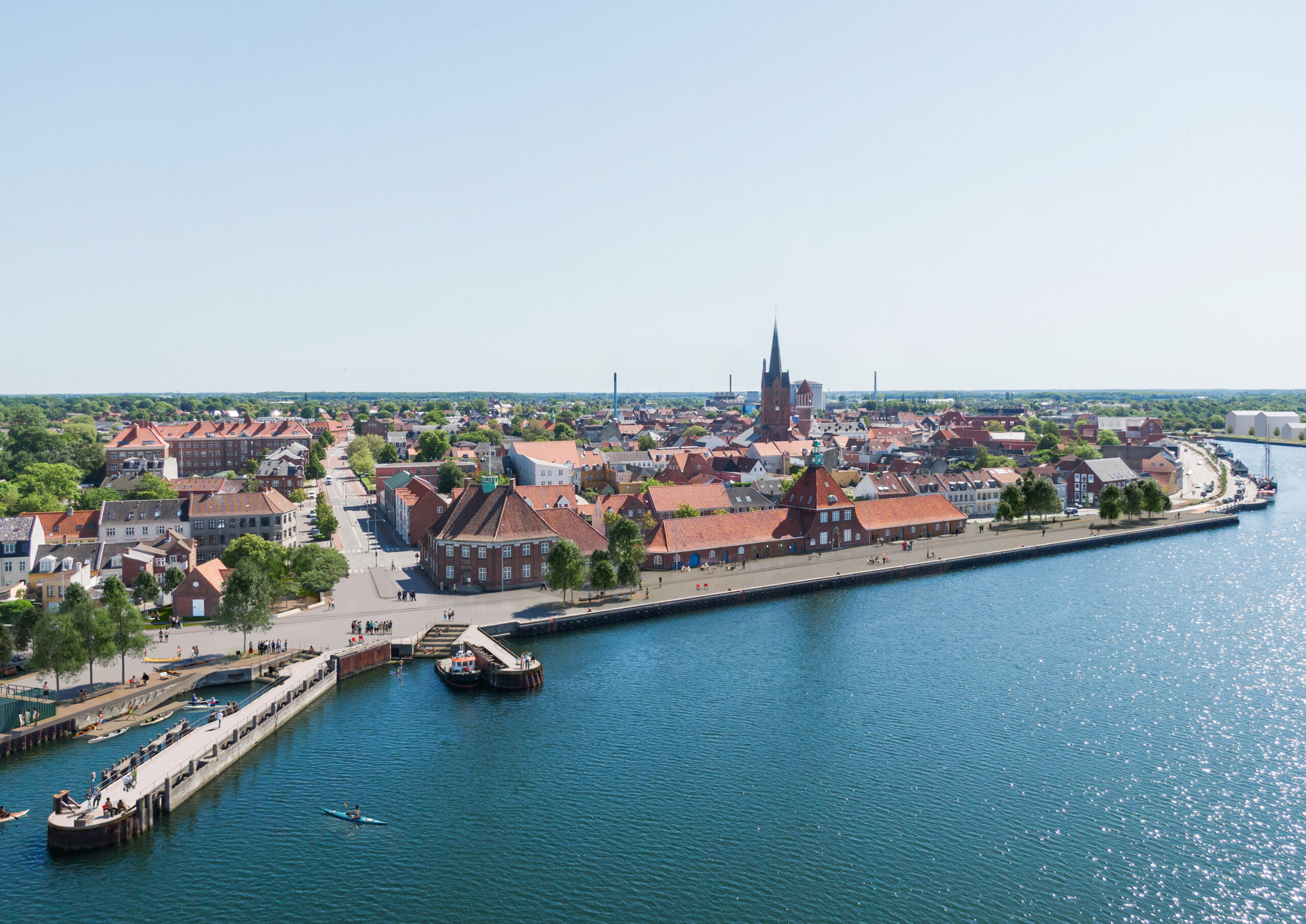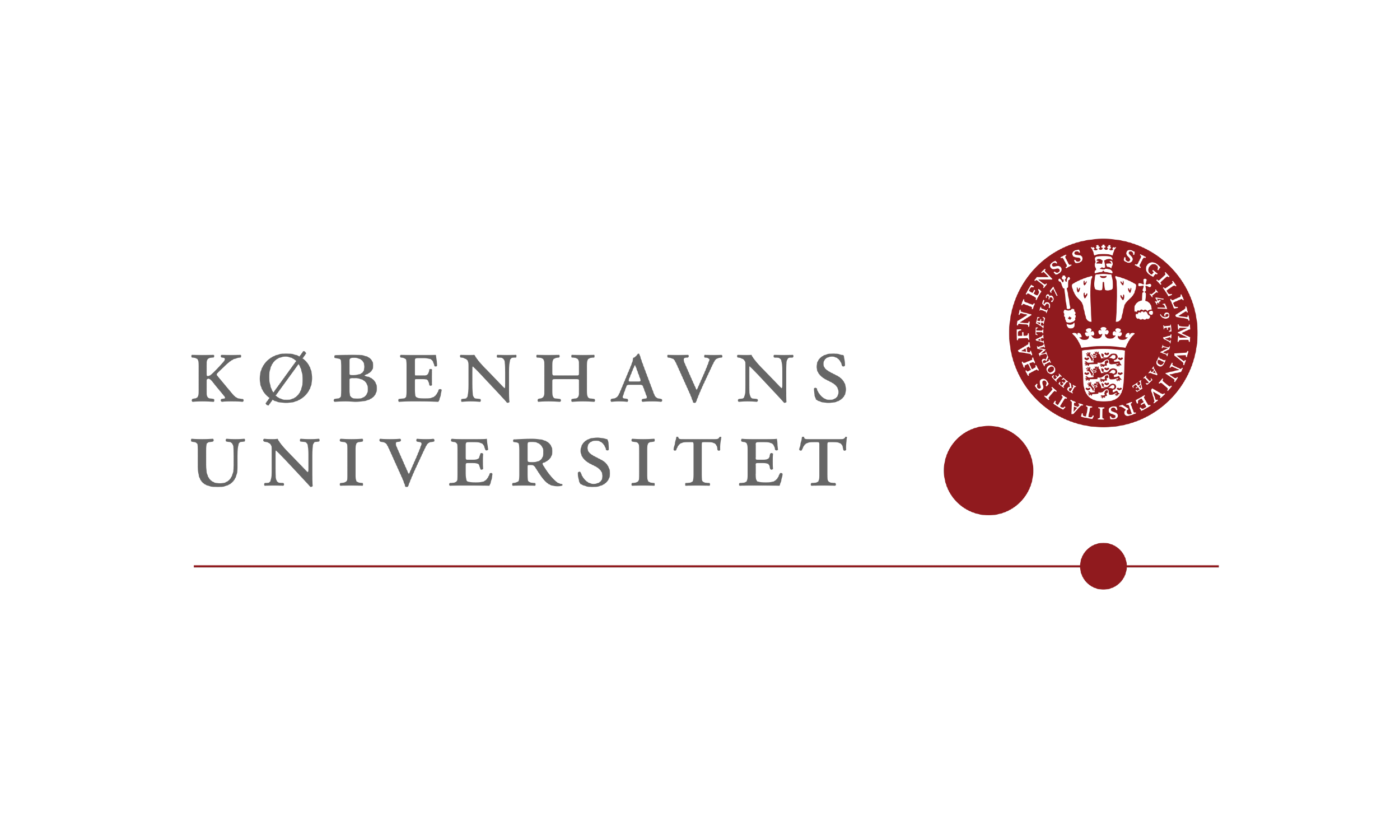Back in the 1970s it was estimated that the work was played somewhere in the world every minute of the day, a feat only equalled by the Beatles’ ‘Yesterday’, and today the royalties continue to pour in, providing funds for the prestigious Jacob Gade Prize for Young Musicians.
Its composer was Jacob Gade (1879-1963) – no relation to Denmark’s greatest romantic composer Niels W Gade – who hailed from Vejle, Jutland. A country-dance fiddler with no formal training, Gade had a brilliant career as a violin virtuoso, band leader and popular conductor of light music in Copenhagen’s restaurants and theatres. And as a composer of over 60 works, mainly salon music and revue songs, Gade became the leader of the big orchestra at the Palads Cinema in 1921.
The work that was to become the best known tango piece in the world was originally composed as music to accompany the screening in Copenhagen of Donald Crisp’s classic film ‘Don Q Son of Zorro’, starring Douglas Fairbanks, in 1925 at the height of the silent film era.
Gade’s career as a performing musician was brought to an end by the arrival of ‘talking films’ with their own sound in the early 1930s, and he retired to the country, living off the ample royalties from his work and trying his hand at more serious composition.
A Latin legacy
The tango is a Latin American dance in duple rhythm with long gliding steps and sudden pauses: a wickedly sensual dance form laden with torrid sexual innuendo, so it is strange that a Dane from the other side of the globe should have written such a masterpiece of the genre.
The tango dates back over 100 years to Buenos Aires in Argentina and Montevideo in neighbouring Uruguay, where it is thought to have developed among the abjectly poor African immigrant population from Niger and Congo in local slum quarters and bordellos. The instrument most associated with the tango, the bandoneon, was a German invention– again a piece of immigrant culture.
Today the tango has progressed up the social scale to the ballrooms of Europe and America; in Finland it has become almost the national cult dance, spawning an active Finnish school of ‘new tango’ composers.
Led by the great Astor Piazzolla, the key tango composers are Argentinian, but Gade must rate highly as the greatest composer of what is dubbed ‘the European tango’.
International hit
‘Tango Jalousie’ became famous all over the world when celebrity conductor Arthur Fiedler and his famed Boston Pops Orchestra recorded the piece in 1935. Released as a single by RCA Victor, Fiedler’s version of the tango sold over 1 million copies – the first major hit orchestral record ever. ‘Tango Jalousie’ appears in many different variants.
A text for the tango, written by American Vera Bloom, was sung by the legendary Vera Lynn to British troops during World War Two; the piece has since been recorded by world tenor Placido Domingo and violinist Yehudi Menuhin; and Danish contemporary composer Per Nørgård paraphrased Gade’s work in his 1967 work ‘Tango Chicane’.
Jalousie is published by Edition Wilhelm Hansen in Copenhagen in various versions: for symphony orchestra, salon orchestra, concert band, percussion, wind quintet, violin and piano, flute and piano, accordion and piano solo. The piece continues to bring in around 1 million kroner a year in royalties.
The Jacob Gade Prize (worth 50,000 kroner) is awarded every year to a promising young musician, so Gade’s ‘Tango Jalousie’ continues to play an important role in the Danish musical world – 95 years after its premiere at the Palads Cinema.


